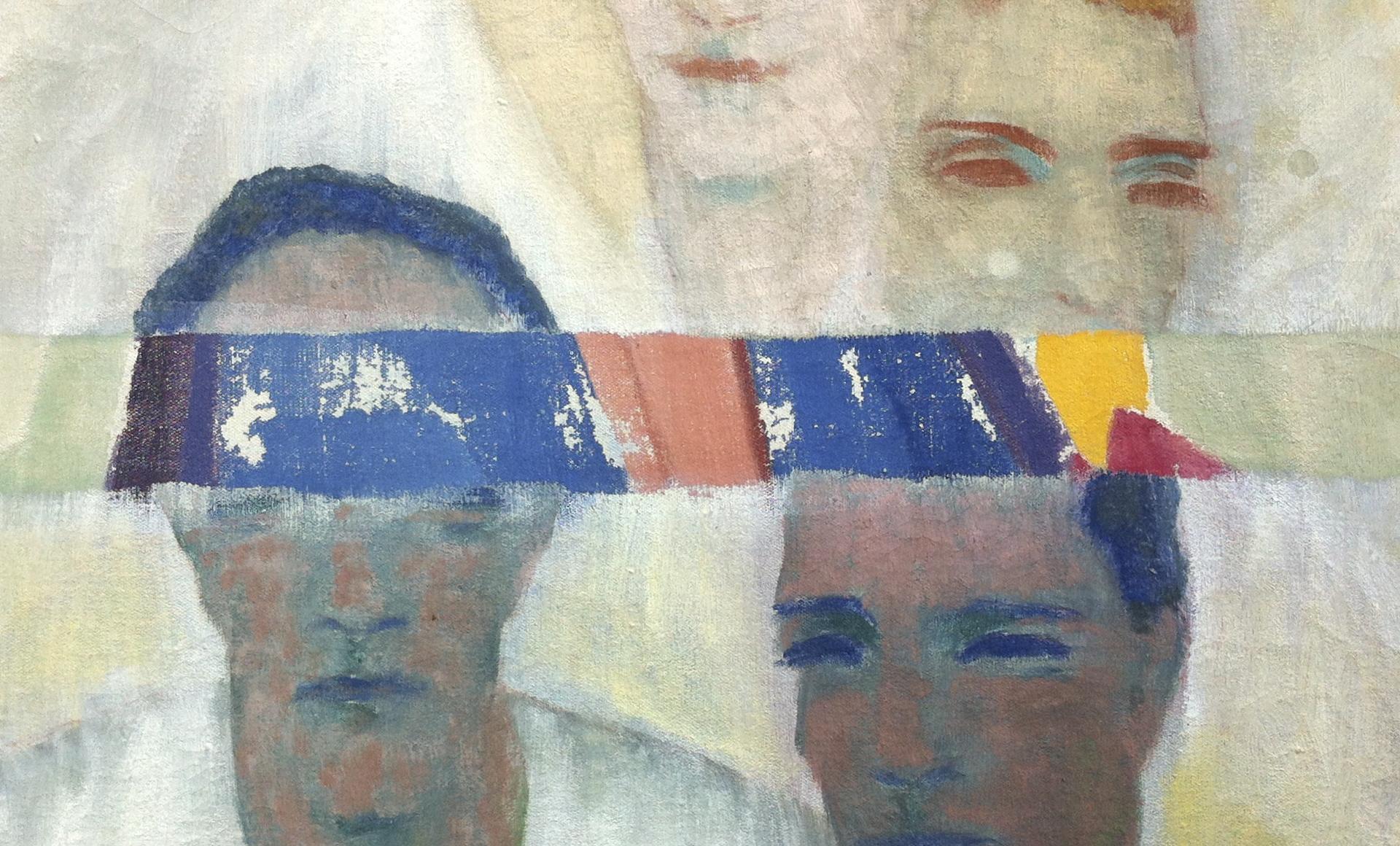MATTIS TEUTSCH – AVANT-GARDE AND CONSTRUCTIVE REALISM
MATTIS TEUTSCH – AVANT-GARDE AND CONSTRUCTIVE REALISM
János Mattis Teutsch (1884–1960) is best known for his expressionist work from the early decades of the twentieth century. Born in Brașov, he was discovered for the Hungarian avant-garde during the First World War by Lajos Kassák, and his graphics defined the face of the Budapest magazine Ma. Kassák also arranged solo exhibitions for Mattis Teutsch. The work he produced in the first half of the 1920s established his international reputation in the Central and East European avant-garde movement and latterly became the focus of interest for art historians, who have paid somewhat less attention to his art of the period between the late 1930s up to his death. The exhibition in the Kassák Museum puts forward a new interpretation of Mattis Teutsch’s later art.
In the second half of the 1920s, building on the lessons of abstraction, he returned to figurative art, and from the 1940s until his death he painted realist pictures that retained an individual character rooted in modernism. There was no sharp break in his work, and his realism was connected to his increasing appreciation of the social role of art.
After the Second World War, when he was in his sixties, his work took on a new momentum. This was the start of his final artistic period and coincided with the establishment of artistic institutions in socialist Romania, in which he took an active part as artist and organiser. His work of the 1950s cannot be described as typical socialist realism. It was an idiosyncratic, sotto voce realism, and was not intended as a servile embodiment of the Stalinist ideal. He was aiming to speak to society, the wider public, on behalf of artistic and intellectual autonomy.
Financial constraints at this time obliged him to paint many of his works on top of pictures he had made in the 1920s. When this was discovered by accident in 2013, the owners had many of his pictures restored by removing the later layers of paint. This revealed the early modernist paintings, which have more value on the art market. The works he made during the socialist period were thus destroyed, leaving us only with reproductions. The present exhibition, besides showing and interpreting the later work of Mattis Teutsch, also presents the historical, political and art-historical context of the overpainted pictures and explores the complex problems surrounding the removal of later works.
For the exhibition in the Kassák Museum, the curator, Szilárd Miklós, has brought together works from museums in Romania and Hungary and from private collections as well as the family archive, concentrating on pictures that have not previously been put on public display in Hungary. The research of Szilárd Miklós relied extensively on the work of the art historian Tibor Almási and the unpublished manuscripts of Mattis Teutsch’s friend, Irén Lukász. The essays in the Hungarian-, Romanian- and English-language exhibition catalogue propose a new interpretation of Mattis Teutsch’s later art. The exhibition has been realised in collaboration with Fundația9, and the exhibition was shown in its Bucharest exhibition space (Rezidența BRD Scena9) in autumn 2019.
Open: 25 January – 30 August 2020
Curator: Szilárd Miklós
Assistant curator: Sára Bárdi
Lending Institutions and Collections: Collection of the Mattis Teutsch Family – Waldemar Mattis Teutsch, Brașov; János Rechnitzer Collection, Győr; Ágnes Saszet Collection, Cluj-Napoca; Székely National Museum, Sfântu Gheorghe
Special thanks: Tibor Almási Archive, Győr; MissionArt Gallery, Budapest; National Institut for Research and Development in Optoelectronics – INOE2000, Bucharest
Press kit


